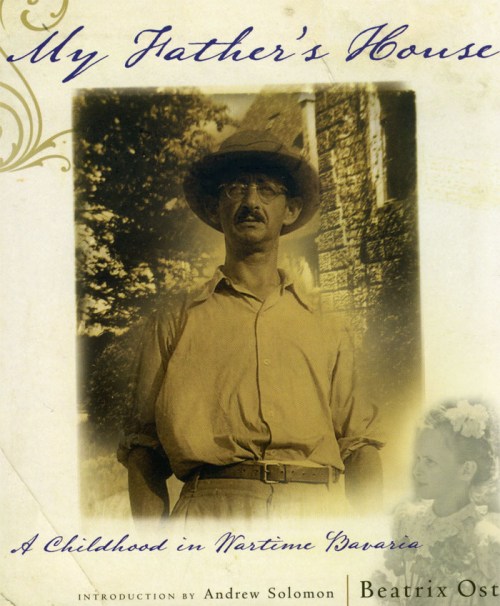
On a snail’s journey of self-discovery.
Queen of Snails: A Graphic Memoir. Maureen Burdock. Graphic Mundi. 2022. pp 228. $25.95
Maureen Burdock has a delightful way of casting a spell upon the reader. It’s a slow and gradual process, much like coming from a snail’s point of view inasmuch as it is a refreshing way to see. What better way, really, to examine a life, especially when trying to connect all the dots and many of the dots seem out of reach or are missing. Our guide knows this much: mother/daughter relationships are complicated as it is and, in Burdock’s case, she can trace a hard case of melancholia going back generations: mother and daughter at odds; or separated; or in pain. All of this, mind you, is being drawn, slowly or quickly (we tend to draw faster than we think) and the results bring the reader in. Each page simply left me wanting to know more and more.

Caught in a maternal web.
To have your own mother seemingly working against you. The ultimate betrayal? Well, it doesn’t cut much deeper than that. Burdock tosses and turns trying to figure out her mom because it sure didn’t feel like she was exactly looking out for her. It’s clear that she was distant and that she focused so much of her energy on her fervent devotion to worshiping Jesus. Ah, can you worship Jesus to excess? Was it worship or was it a mania that told Burdock’s mother that nothing else mattered since Jesus would provide? Of course, Burdock seeks answers in a gentle and steady way much like the metaphor of a snail she employs throughout the book. Burdock’s exploration reveals that her mother’s life was far from easy as she experienced her own series of trauma and displacement connected with growing up during World War II and its aftermath.

When one’s life is made so unstable by your parents (Burdock’s father wasn’t much help either) then you go into survivor mode and cultivate a sense of independence pretty young in life. Much of this book is about Burdock finding her way, on her own. During the course of the book, Burdock documents her childhood in Germany and subsequent move with her mother to the United States, to a small town in Wisconsin, only later to return to Germany. It was hardly a match made in heaven. Burdock struggles to fit in and never quite does fit in. Her mother remains as depressed and fervently religious as ever. Burdock provides a very honest and uninhibited portrayal of her coming of age, sexual awakening, and being molested by someone close to her family, which brings to mind the autobiographical work of cartoonist Phoebe Gloeckner.

There’s a moment in the book that seems to sum things up, says so much about inter-generational pain and sheds light on Burdock’s search to know her mother. Burdock cites a UNESCO report that estimated 8 million children were homeless after WWII, many alone and wandering the streets. These “lost children” stood in the cultural imagination for “the obliteration of European civilization, lawlessness and confusion, and unrestricted sexuality.” Burdock quotes writer Alice Bailey: “Those peculiar and wild children of Europe and China to whom the name ‘wolf children’ has been given . . . have known no parental authority; they run in packs like wolves.” In this same two-page sequence, Burdock concludes that her mother has perhaps confused Jesus with Somnus, the Roman god of sleep, and the protection that comes from just closing your eyes. Thankfully, it is Burdock who has chosen to not only keep her eyes open and remain alert but to also report back her findings in this landmark work.


















